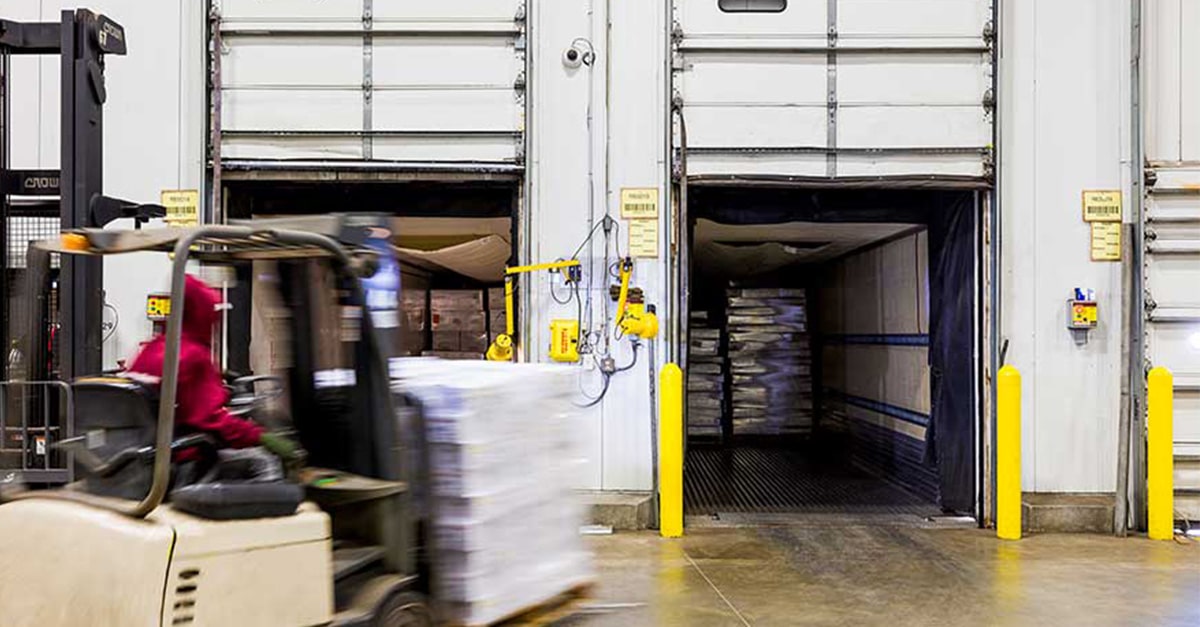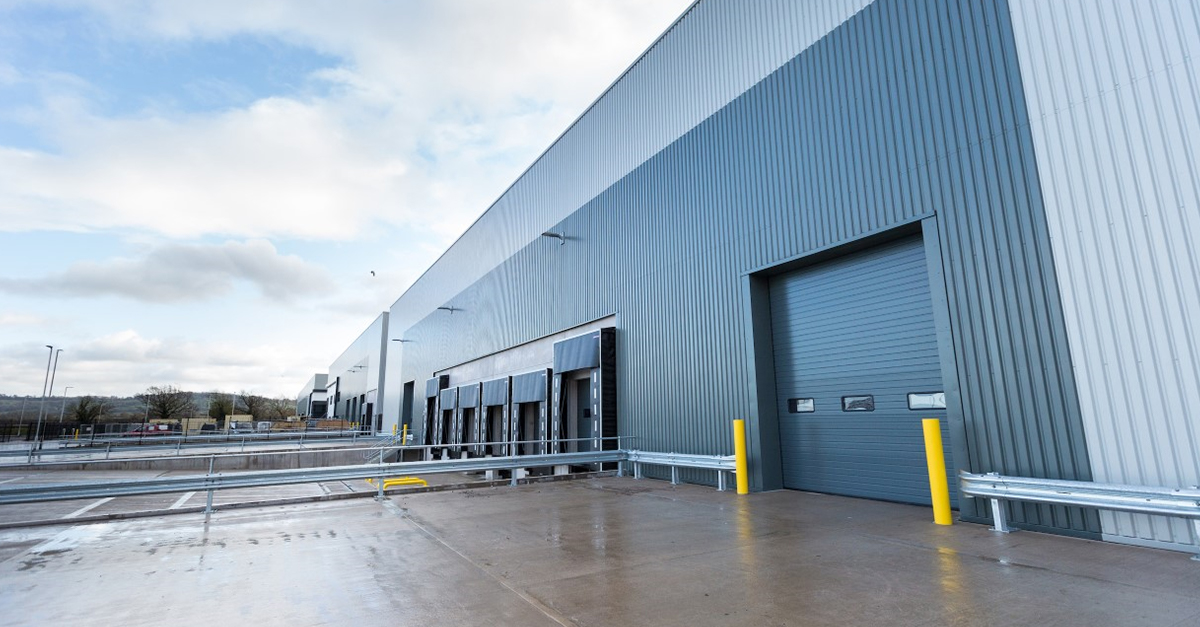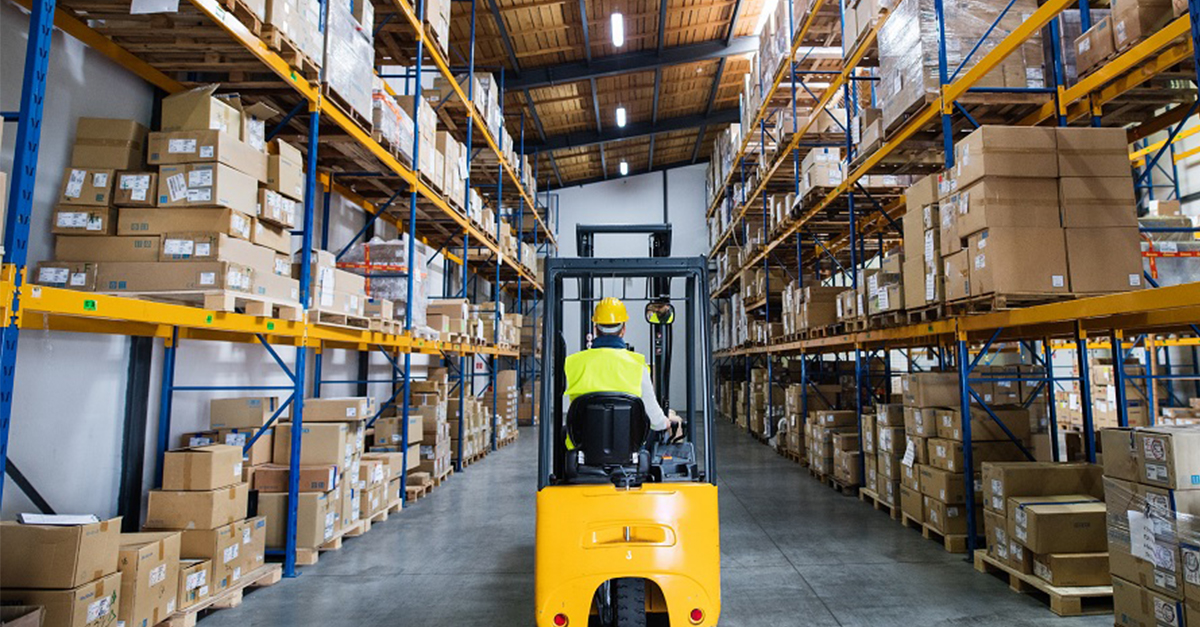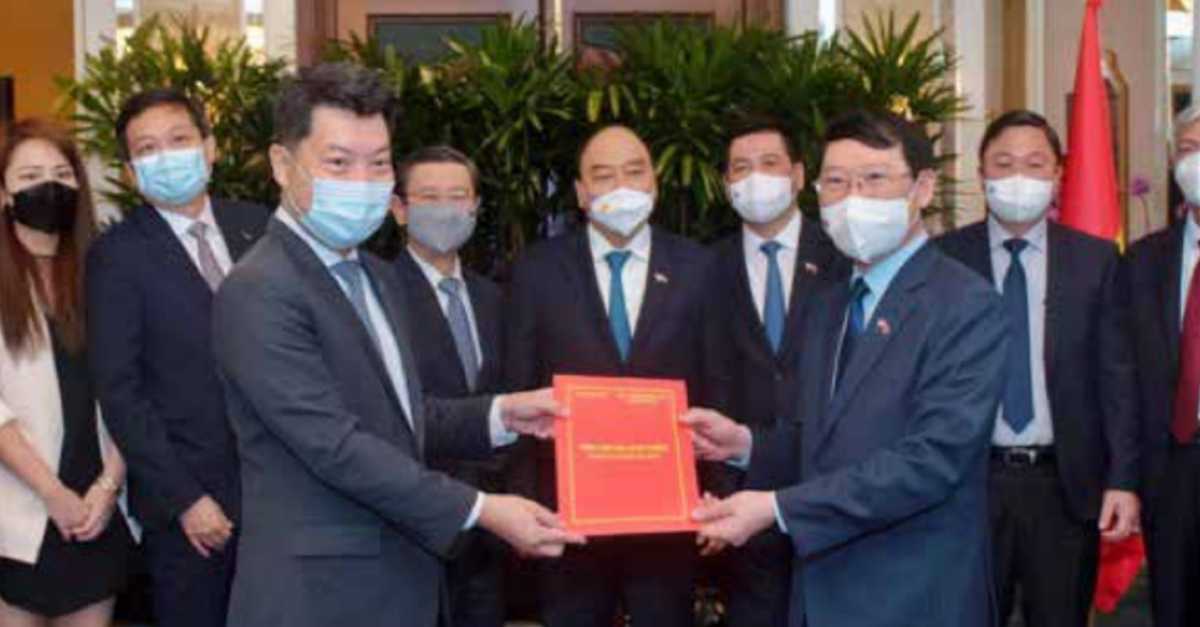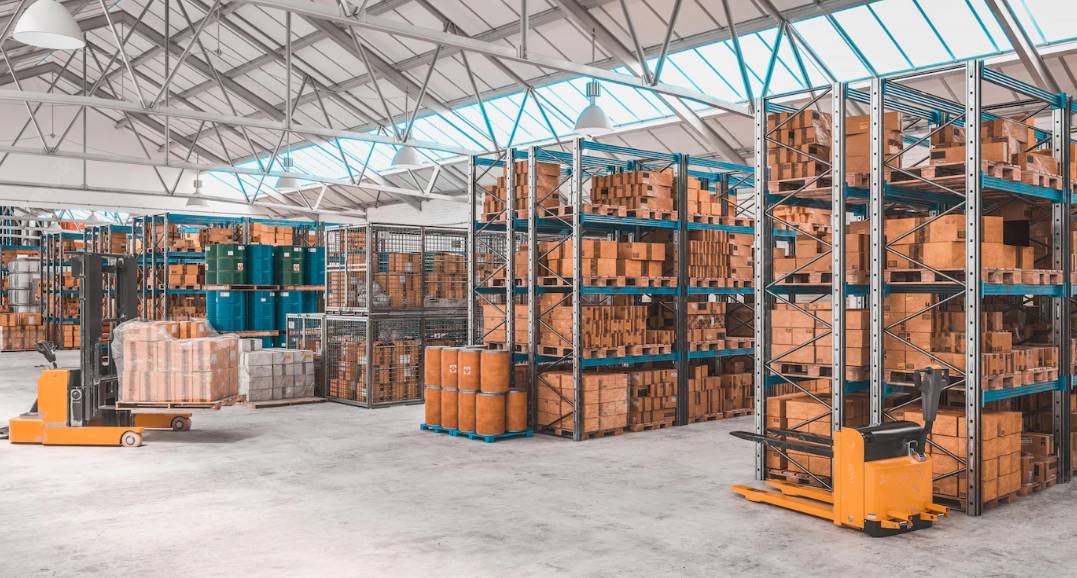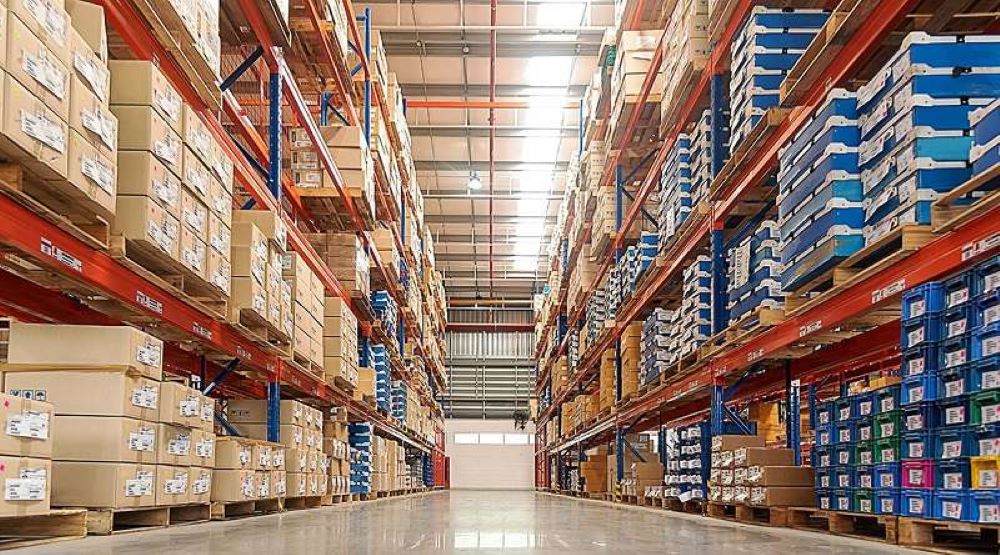Vietnam’s cold storage industry is predicted to expand rapidly due to high demand. However, this expansion is hampered by a scarcity of providers. In 2022, the cold storage warehouse for lease in Vietnam, especially facilities for heat-sensitive items are expected to shake up the industrial real estate industry.
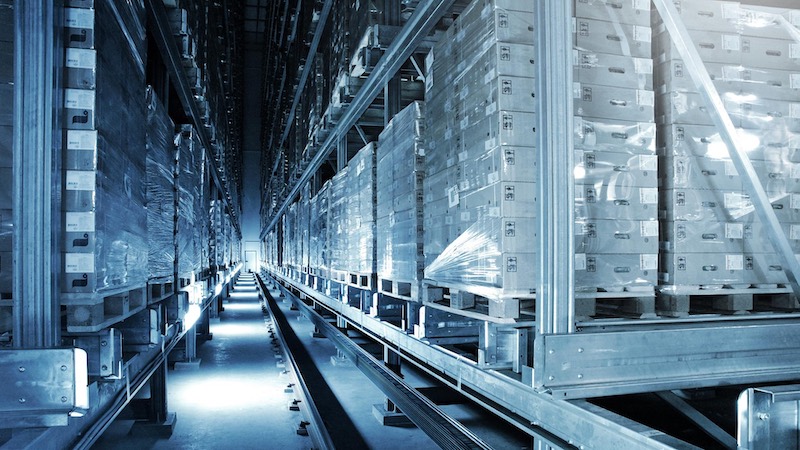
The rising demand for cold storage warehouse for lease in Vietnam
Cold Storage Warehouse For Lease in Vietnam – Market Overview
Vietnam’s cold storage market is still in its infancy. Vietnam’s refrigerated facilities industry is expected to be worth $295 million USD by 2025, with an annual growth rate of 12 percent. Although it is predicted to achieve a high growth rate, the market is still far from realizing its full potential. As of May 2021, Vietnam only had 48 cold storage warehouses with a capacity of around 700,000 pallets. Only 8.2 percent of domestic food producers used cold chain systems, while 66.7 percent of export businesses did (2020).
Moreover, because of rising demand from seafood exporters and manufacturers, the market in the Southern region is more established. As a result, key players in Vietnam’s cold chain logistics are mostly concentrated in the South. The cold storage warehouse for lease in the North of Vietnam has experienced exponential growth. Storage capacity in the Northern market increased from 26,750 pallets in 2015 to 71,750 pallets in 2018.
The fact that foreign investors account for the majority of the market (around 60%), logistics enterprises account for 14%, and companies of the Vietnam Logistics Business Association, such as Transimex, Gemadept, and Saigon Newport, account for the remaining.
Factors Affecting The Development of Cold Storage Warehouse for Lease in Vietnam
Factors affect
1. The growth of the middle class in Vietnam
The emerging middle class population has acquired a demand for fresh products in the current time, as seen by the consistent demand for imported fruits and vegetables from countries, for example the United States, Australia, China, Japan, and South Korea. In the first two months of 2021, the total value of fruits and vegetables reached $259 million, a 30.7 percent increase over the same period in 2020.
2. Changes in customers’ behavior
The COVID-19 pandemic’s volatility continues to disrupt the business industry, causing changes in customer purchasing behavior, one of which is the transition from in-store to online shopping. This change in the way people buy things is driving the growth of online suppliers and e-grocery stores, which don’t need physical storefronts to serve customers. This means they can run with lower costs and a wider range of distribution channels.
During the lockdown, people’s purchasing patterns shifted from buying fresh products from traditional markets to buying online food retailers, emphasizing the importance of the cold chain. The increased demand is pushing company owners to respond by expanding cold storage capacity to manage the unpredictability of global supply interruptions during the last two years, resulting in a construction expansion in the country.
3. Increase in supermarkets and convenience stores

The growing number of supermarkets
The increasing number of supermarkets and restaurants has boosted the requirements for cold storage and transport networks to keep products fresh and preserve quality. In Vietnam, it is estimated that the demand for refrigerated warehouses is approximately equal to the number of supermarkets currently operating.
Mini Marts and Convenience Stores are the key drivers of Vietnam’s Cold Chain Market. Restaurants, shopping centers and supermarkets have helped to increase the demand for refrigerated transportation. In recent years, supermarkets and minimarts have grown in popularity among Vietnamese consumers in recent years. This is supported by the observation that there are 1,500 convenience stores around the country, with this number anticipated to rise in the future. In addition, Vietnam is planning to construct 1,300 new supermarkets and 350 trade centers by 2020. From only two supermarkets in HCM, the current retail trade idea has grown.
Opportunities
The substantial predicted demand increase indicates several potentials for new cold storage companies. Vietnam’s large population, high urbanization rate, rising internet shopping trend, and quick rise of the middle class have resulted in increased demand for high-quality fresh products, which will stimulate the demand for cold storage facilities.
With developed export infrastructure as a result of the construction of Long Thanh International Airport and trade agreements, worldwide demand for Vietnamese seafood is expected to grow in the near future. The new free trade agreement (EVFTA) between Vietnam and the EU also contributes to the expansion, since the EU is the major importer of Vietnamese seafood, which accounts for 23% of the market.
Challenges
Even though the cold storage warehouses for rent in Vietnam have a lot of room for improvement, Vietnamese companies have to deal with a number of problems to stay competitive.
One of the main obstacles is the expensive initial investment necessary to develop and operate a cold storage facility. One refrigerated warehouse requires specialized equipment, frequent inspections, and significantly more electricity than other types of logistics facilities. Some cold storage buildings cost twice or three times as much to build as a standard warehouse.
Operating a cold storage warehouse for lease in Vietnam is difficult due to the necessity to maintain a constant temperature in the storage chamber and the goods stored within the facility. These include making sure the food is stored at the right temperature and that the workers and equipment are warm enough to work well.
The high cost of cold storage leasing has made it difficult for small enterprises to stay in business. Many firms cannot afford the high costs, so they are cautious about making decisions since they are unclear whether they will be able to meet requirements.
Furthermore, times for construction might range from 6 months to a year, and lease terms can range from 15 years to 20 years, making supply even more rare. As a result, despite the long-term benefits, enterprises without substantial financial assistance are hesitant to establish and run cold storage facilities. Some big businesses in Vietnam invest in storage systems, but small and medium-sized businesses rely on a leasing market that is already full.
Leasing cost cold storage warehouse quotation in Vietnam
The lease cost skyrocketed from 52 USD per tonne last year to 87 USD per tonne this year. A scarcity of specialized cold warehouses owing to a supply-demand mismatch may cause rental costs to rise even more.
Cold storage quotations in Vietnam cost substantially more to rent than normal warehouses. Rental prices for cold storage equipment (chillers or freezers) can range from 50% to 100% or even higher, depending on the type of warehouse. Warehouse rent for refrigerated and frozen commodities is between $45 and $90 per square meter. Rent for pharmaceutical storage is from $45 to $160 per square meter. Pallet rentals range from VND16,000 to VND30,000 per sheet each day. Businesses gain competitive advantages based on a variety of factors, including warehouse capacity, pallet count, fleet of customized and professional vehicles, temperature range, network coverage, and location.
Is leasing or Buying Options Beneficial for Businesses?
Factors to consider when making decisions
The decision to lease or buy is influenced by the individual circumstances of each case.
1. Duration of commitment
Owning the real estate and infrastructure for a food and beverage cold chain facility might make sense for manufacturers or even retailers who service a stable, long-term market. For many companies in the food and beverage industry, leasing can be a reasonable choice for up to ten years, but if a lengthier commitment is guaranteed, owning may be the way to go.
2. Investment in necessary equipment
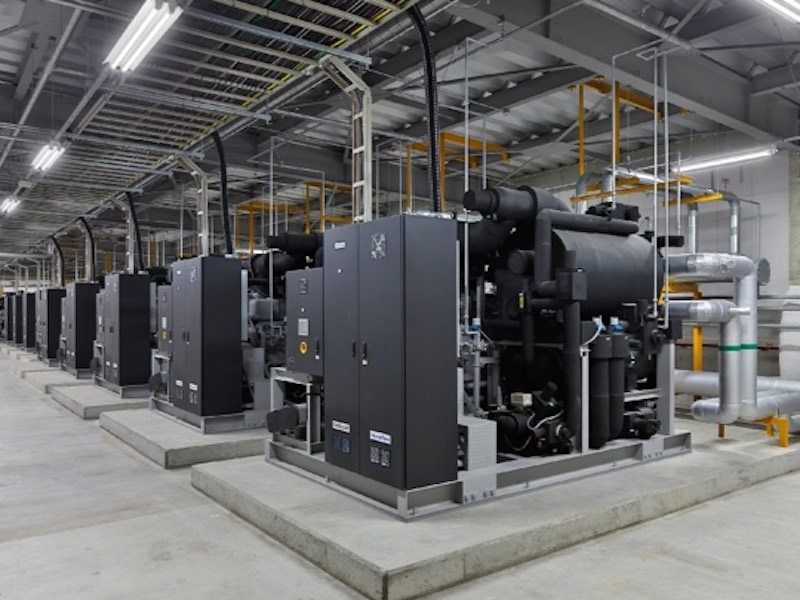
Cold storage warehouses require a large initial investment.
Cold storage facilities, by nature, need a bigger expenditure. Given the high cost of cooling equipment, taller building construction for more capacity, and dense storage with more complicated racking systems, the square footage cost is much higher than for a normal warehouse. The initial difference in an investment in a cold storage warehouse for lease in Vietnam is 2-3 times that of a standard storage facility.
3. Operating costs
Because various items require different temperatures, cold-storage facilities frequently cannot service the whole spectrum of whole products, necessitating the utilization of more than one facility to provide a wide variety of retail or institutional demands. As a result, ongoing expenditures are higher.
4. Flexibility
A long-term commitment to ownership may not be the best choice for a manufacturer or retailer who serves dynamic markets or sectors that are prone to seasonal changes and need to be flexible.
5. The growth of e-commerce
The huge shift to online shopping caused by the pandemic is not expected to slow down, which makes leasing a more appealing option.
High-Quality Available Cold Storage Warehouses for Lease in Vietnam from Savills
1. A factory for lease in Binh Duong
- Location: Bau Bang, Binh Duong Province
- Total area: 430,000 m²
- Vacant area: 225,153 m²
- Price: $4/m2
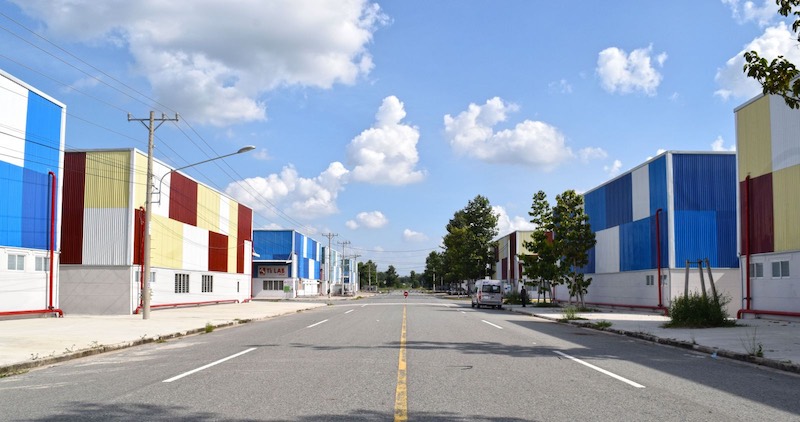
Quotation for a cold storage warehouse for lease in Vietnam
- Key features:
- Complete design, ready-built factory with completed technical infrastructure and traffic system.
- Suitable for light industries and small and medium enterprises.
- Located in Binh Duong industrial zone, strategically linked with the southern key economic region, effectively managed and strongly supported by the government in tax policy.
2.High Quality Warehouse for Lease in Bac Ninh
- Location: Yen Phong, Bac Ninh Province
- Total area: 120,000 m²
- Vacant area: 70,000 m²
- Price: Contact

Ready-built warehouse for lease in Bac Ninh
- Key features:
- A vital economic zone with great transit connections
- Developed and run by in-house teams with complementary areas of competence, such as knowledge of local features and legislation, production, economic and environmental factors, and building processes.
- There is skilled and plentiful labor in the surrounding region. Access to the huge northern consumer markets is simple.
- Modern facilities
- LEED Gold Certification
3. Warehouse for Lease in Hanoi
- Location: Long Bien, Hanoi
- Total area: 8,900 m²
- Vacant area: 4,400 m²
- Price: Contact
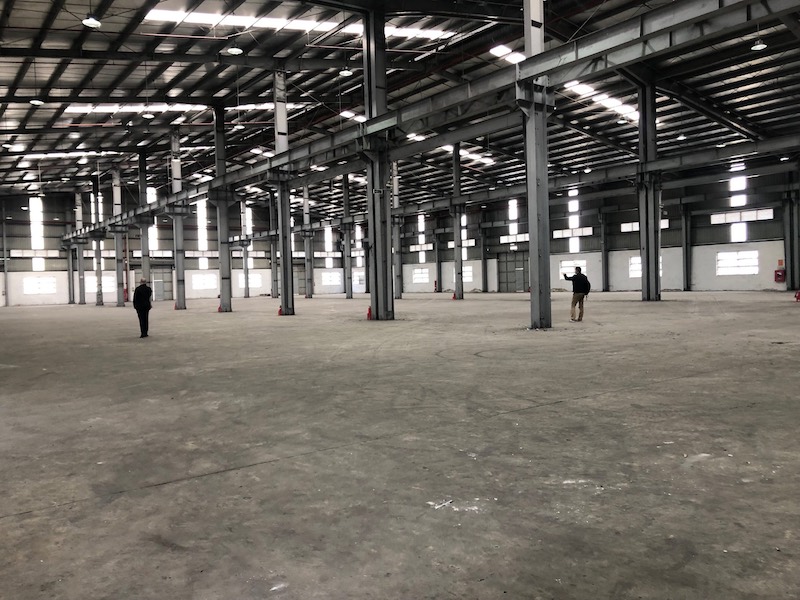
Warehouse on the outskirt of Hanoi
- Key features:
- Strategically located in Hanoi city; convenient transit; and simple travel between locations.
- Located in the largest market in the North, with a highly skilled and plentiful workforce.
- Modern and abundant facilities
- Encouraging tax incentives
- Long-experience landlord
4.Warehouse for lease in near Cat Lai Port
- Location: Cat Lai IZ, District 2, HCMC
- Vacant area: 5,390 m²
- Price: $6/m²
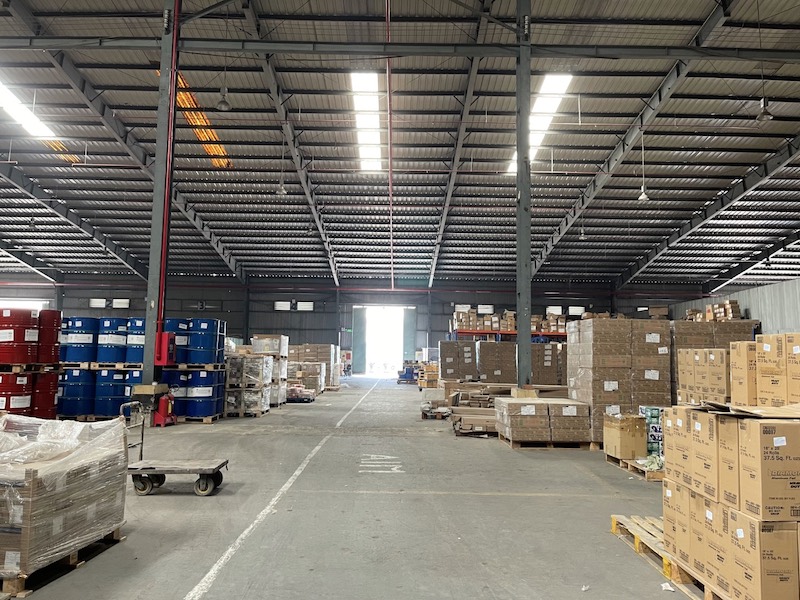
Warehouse for lease in near Cat Lai Port
- Key features:
- Including warehouse and office space, restrooms, fire and sprinkler systems, power stations.
- Strategically located only 5.5km from Cat Lai port and 12km from Ho Chi Minh City center, this is a rare rental opportunity in Cat Lai, with direct access to Vo Chi Cong and Nguyen Thi streets.
Conclusion
Growing demand for cold storage warehouse for lease in Vietnam indicates a bright future for potential suppliers, but there is still an opportunity for improvement in the existing cold storage network. There are few procedures in place to assure complete safety and efficiency, supply networks are decentralized, and the market is dominated by small and medium-sized warehouses. As a result, the country requires not just more large cold storage providers, but also additional cold storage centers with full services and a coordinated network.
Savills Industrials Vietnam, one of Savills’ best industrial real estate offices, offers customized lease and investment advice to occupiers, developers, and investors. Savills Industrials’ objective is to provide trustworthy advice, financial assistance, and industrial real estate consulting services. If you are in need of industrial real estate buying, selling and leasing services with the help of experts, contact Mr. John Campbell for more information now!



